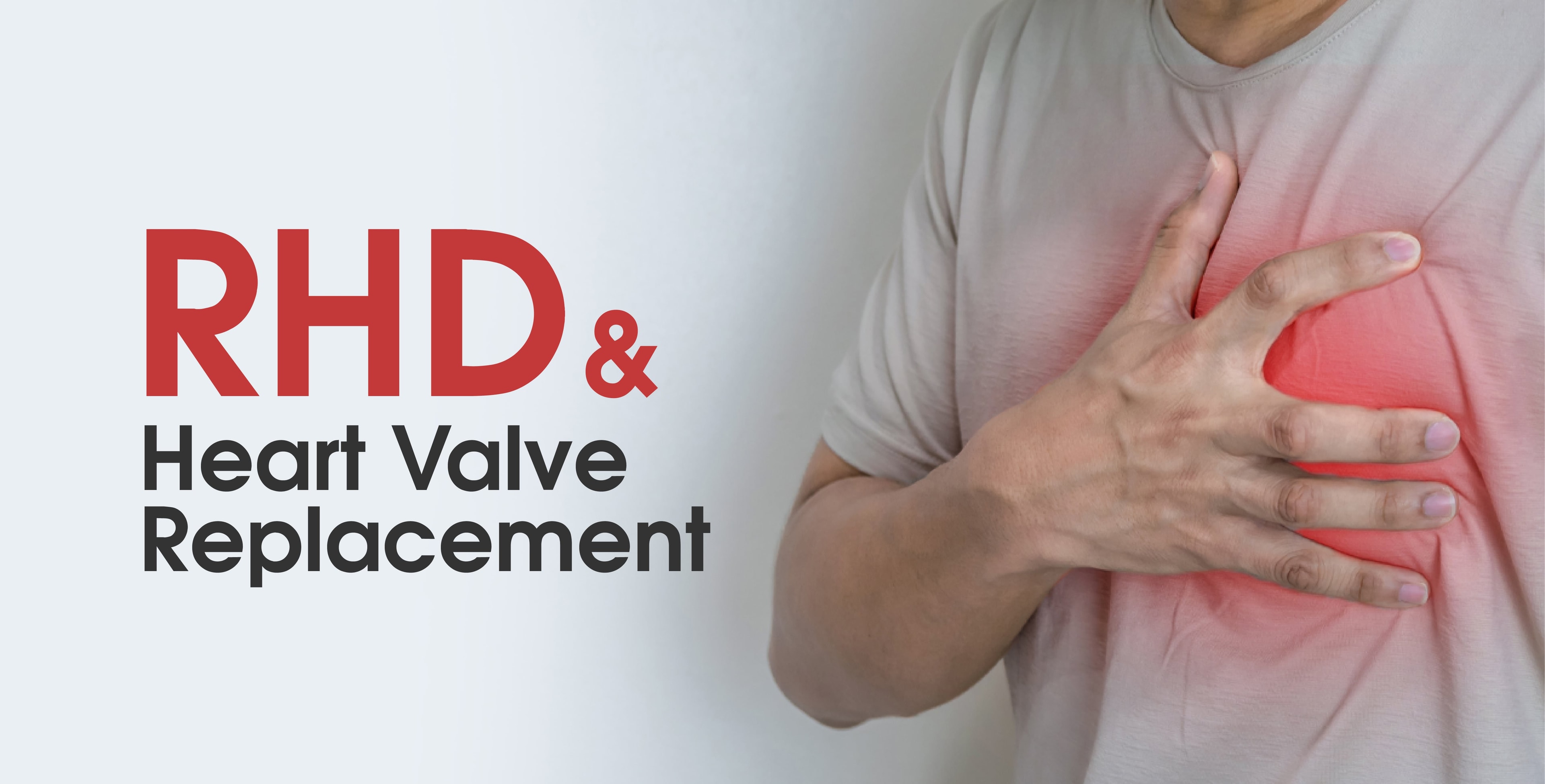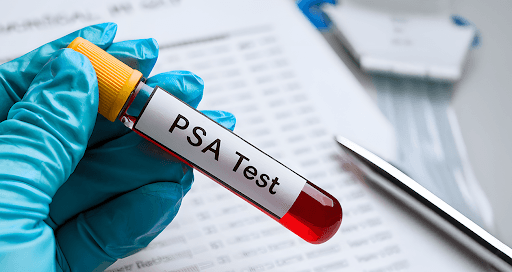
Breast cancer remains one of the most common forms of cancer affecting women worldwide. Early detection plays a crucial role in improving treatment outcomes, making it vital for everyone to understand and recognise the initial signs and symptoms. Though the statistics can be daunting, early identification significantly increases the chances of successful treatment.
Amrita Hospital, Faridabad, is committed to empowering women with knowledge and promoting early detection of breast cancer. In this blog, we aim to educate readers about the various signs of breast cancer, enabling them to seek timely medical intervention when necessary.
Understanding Breast Cancer
Breast cancer, like every other form of cancer, arises when cells in the breast tissue grow abnormally and uncontrollably, often forming a tumour. While both men and women can be diagnosed with breast cancer, it’s far more prevalent in women. There are several types of breast cancer, which are typically categorised based on where the cancer originates in the breast tissue. The two primary regions where breast cancer may begin are the milk ducts (ductal carcinoma) and lobules (lobular carcinoma), although it can also affect other parts of the breast.
While certain risk factors like age, genetics, and family history are beyond an individual’s control, lifestyle choices also play a role. Maintaining a healthy weight, engaging in regular physical activity, and limiting alcohol consumption may help reduce the risk. For those with high genetic risk and gene mutations, preventive measures, including more frequent screenings or prophylactic surgery, may be considered.
Breast cancer can range from non-invasive (cancer cells remain in their original location) to invasive (cancer cells spread to surrounding tissues). It is essential to recognise the early signs and symptoms to ensure early diagnosis and treatment. The cancer’s location, type, and stage influence which symptoms appear first and how they progress. While some symptoms may be obvious, others can be subtle and easily overlooked, making regular self-examination and professional screening essential for early identification.
Common Early Symptoms of Breast Cancer
While symptoms can vary from person to person, some of the most common early signs of breast cancer include:
- Lump in the Breast or Underarm: One of the most recognised early signs of breast cancer is the presence of a lump in the breast or underarm. Formation of new lumps or masses in the breast or underarm, particularly if it feels firm, irregular, and fixed, can be a cause for concern.
- Changes in Breast Size or Shape: Another common early sign is the change in the size or shape of the breasts. If one breast appears to be larger, swollen, or shaped differently than usual, this may be an indication of breast cancer. It is particularly important to monitor for these changes if they are not related to the menstrual cycle, weight changes, or other common factors.
- Skin Changes on the Breast: Skin changes on the breast, such as dimpling or puckering, can be an early symptom of breast cancer. This condition is often compared to the orange peel (peau d’orange) due to the similarity in texture.
- Nipple Changes: Nipple retraction (nipple turning inwards) or discharge, particularly if it is bloody or clear and not associated with breastfeeding, can be a sign of breast cancer. Other changes, such as redness, scaling, or crusting, may also signal an underlying issue.
- Breast or Nipple Pain: While breast pain isn’t a typical symptom of breast cancer, persistent pain in specific areas of the breast can be a cause for concern.
- Swelling or Unexplained Thickening: Swelling or thickening of part of the breast, even if no lump is felt, can be an indication of breast cancer. These should not be ignored, especially if it does not go away over time.
- Changes in Skin or Nipple Appearance: Any changes in the appearance of the skin or nipple, such as redness, scaling, or dimpling, can be an indication of the suppressed issue. Breast cancer can sometimes cause the skin to look different or feel thicker than usual.
Signs and Symptoms to Look for with Different Types of Breast Cancer
Breast cancer can manifest differently depending on the type. While the above symptoms overlap between forms, some specific signs may be associated with different types of breast cancer.
- Ductal Carcinoma: This is the most common type of breast cancer, originating in the milk ducts of the breast. Early-stage ductal carcinoma in situ (DCIS) may not cause noticeable symptoms but can sometimes present with a small lump or calcifications that are detected on a mammogram. It may also be present with clear or bloody nipple discharge.
- Lobular Carcinoma: Lobular carcinoma originates in the milk-producing lobules of the breast. However, Lobular carcinoma may present with lump in breast or can be more challenging to detect than other types because it often does not form a distinct lump. Individuals may notice general thickening or fullness in one area of the breast, accompanied by changes in texture or size.
- Invasive Breast Cancer: It refers to the cancer that has spread beyond the milk ducts or lobules. Invasive breast cancer causes a variety of symptoms, including the formation of a lump, changes in breast shape, skin dimpling, and nipple retraction. As the cancer spreads, it may affect surrounding lymph nodes, causing swelling in the underarm or collarbone.
- Metastatic Breast Cancer: Also known as stage IV breast cancer, this type of cancer occurs when cancer cells spread beyond the breast to other parts of the body. Symptoms of metastatic breast cancer can vary depending on the organs involved but may include bone pain, weight loss, shortness of breath, and headaches.
- Triple-Negative Breast Cancer: A more aggressive form of breast cancer that does not have receptors for oestrogen, progesterone, or HER2/neu. Symptoms may develop rapidly, including a lump, changes in breast size, nipple inversion, and skin changes. Due to its aggressive nature, triple-negative breast cancer often requires prompt treatment.
- Inflammatory Breast Cancer: This is a rare and aggressive type of breast cancer that blocks lymphatic vessels in the skin of the breast. Symptoms include redness, swelling, warmth, and thickening of the skin, which may resemble an infection or inflammation. Once these symptoms arise, it’s crucial to seek medical help immediately, as inflammatory breast cancer progresses quickly.
- Male Breast Cancer: Though rare, men can also develop breast cancer that affects the skin of the nipple and areola. Symptoms in men are similar to those in women, including lump formation, changes in breast size or shape, nipple discharge, and skin changes around the area.
- Paget’s Disease of the Breast: A rare form of breast cancer that affects the skin of the nipple and areola. Symptoms include redness, scaling, itching, and oozing of fluids from the nipple, resembling eczema, a skin condition. Paget’s disease is often mistaken for a benign skin condition, making early detection crucial for proper treatment.
- Papillary Carcinoma: This is another rare type of breast cancer that forms in the ducts of the breast. It typically presents as a small, slow-growing lump near the nipple, sometimes accompanied by clear or bloody discharge. Though generally less aggressive, papillary carcinoma requires prompt treatment to prevent progression.
When to Seek Medical Advice
If any of the symptoms discussed are present, it is essential to seek medical advice promptly. While some symptoms may be benign, it is always better to seek medical advice to rule out any serious conditions. If necessary, doctors will suggest further tests like mammograms, ultrasounds, or biopsies.
At Amrita Hospital, Faridabad, our team of experts specialised in the diagnosis, treatment, and care of breast cancer, ensuring that patients receive the highest quality of care at every stage.
Preventive Measures and Early Detection
As mentioned earlier, early detection is crucial for successful treatment, and certain preventive measures can reduce the risk of developing the disease. By adopting a proactive approach to breast health, individuals can increase their chances of catching potential issues early and taking appropriate action.
- Regular Screenings: One of the most effective ways to detect breast cancer is through regular screenings. Women aged 40 and older are suggested to have routine mammograms. A physical examination by a healthcare professional can help detect abnormalities that may not be visible on a mammogram. Individuals are also suggested to conduct monthly self-examinations.
- Healthy Lifestyle Choices: Maintaining a healthy lifestyle plays an important role in reducing the risk of breast cancer. Eating a balanced diet rich in fruits, vegetables, lean proteins, and whole grains can lower cancer risk. Physical activity helps maintain a healthy weight and balance hormone levels, which in turn can reduce the risk of breast cancer. It is advised to avoid smoking and limit the intake of alcohol to significantly lower the risk.
- Genetic Testing and Counselling: Women with a family history of breast cancer or known genetic mutations are suggested to conduct genetic counselling. This can help assess the risk and explore preventive options.
- Hormonal Treatments: For those at high risk, hormonal treatments like selective oestrogen receptor modulators (SERMs) or aromatase inhibitors may reduce the likelihood of developing breast cancer but can have side effects so not routinely advised.
- Stay Informed: Being aware of the signs and symptoms is a crucial part of prevention. Regular check-ups, staying informed about the personal risk factors, and understanding family medical history can all help in early detection.
Prioritise Your Health with Amrita Hospital, Faridabad
A comprehensive understanding of breast cancer, from its risk factors to the importance of early detection and the latest advancements in treatment, enables women to take proactive steps towards maintaining their health.
Amrita Hospital, Faridabad, offers detailed breast cancer screening services, including mammograms and clinical breast examinations. Remember that early consultation with a specialist can lead to prompt diagnosis and effective treatment, maximising your chances of a full recovery.
Schedule a check-up at Amrita Hospital, Faridabad, if you notice any abnormal changes in your breast health.
Frequently Asked Questions
- What is usually the first symptom of breast cancer?
The most commonly appearing initial sign is the formation of a new lump or mass in the breast or underarm. While many lumps are benign, it is important to have any new growth evaluated by a healthcare professional.
- What does stage 1 breast cancer feel like?
Stage 1 breast cancer may feel like a small, firm lump that is usually painless. At this early stage, the cancer is localised and has not spread beyond the breast tissue or nearby lymph nodes.
- What are the five warning signs of breast cancer?
The warning signs of breast cancer include:
- Formation of a new lump or mass in the breast or underarm.
- Changes in the breast size or shape.
- Nipple discharge or retraction.
- Skin dimpling or thickening on the breast.
- Persistent breast or nipple pain.
- How to prevent breast cancer?
While there are no guaranteed ways to prevent breast cancer, some steps like managing a healthy lifestyle, regular screening, avoiding tobacco, etc. can reduce the risk. Genetic counselling may also help identify individuals at higher risk.







